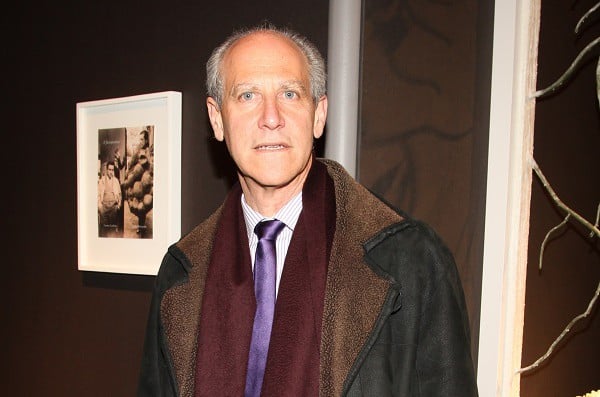Art & Exhibitions
Is Glenn Lowry Leaving MoMA for Sotheby’s?


Eileen Kinsella

Vanity Fair special correspondent Bob Colacello addresses rumors that longtime Museum of Modern Art director Glenn Lowry could be leaving his post for a role at Sotheby’s now that Bill Ruprecht has resigned (See: “Sotheby’s CEO William Ruprecht Pushed Out“). In the story “Might at the Museum,” one of MoMA’s “highest-ranking board members” dismisses the notion, telling Colacello: “We just made up a new contract. We want Glenn here until he’s 65.” Lowry, who is 60, reportedly earned $1.8 million in salary and benefits in 2011, and he and his wife Susan live rent-free in the adjacent Museum Tower, in a $6-million apartment the museum acquired in 2004.
A MoMA spokesperson confirmed to artnet News that Lowry recently signed a five-year contract.
Still, the auction world doesn’t exactly shy away from offering perks to potential new recruits. Plus, it’s not unheard of to see crossover between museums and auction houses.
Take former Guggenheim Museum director Lisa Dennison, who defected to Sotheby’s in 2007 after a nearly three-decade career at the museum. Currently chairman of North and South America at the auction house, Dennison appears to have made a seamless transition to the competitive realm of high-stakes auctions. She is a key rainmaker for Sotheby’s and is frequently seen at major evening sales of Impressionist and modern and contemporary art, handling phone bids for members of the small group of trophy hunters who slug it out for seven-, eight-, and even nine-figure lots.
And, let’s face it, despite the perceived divide between working for “non-profit” and “for-profit” institutions, there are more similarities—perhaps especially in the art world—than most might want to admit: cutthroat competition to score the best acquisitions; the need to lure and charm über-rich patrons (for both their cash and their collections); and maintaining a network of art-world movers and shakers.
And we’ve seen the revolving door turn both ways, such as when CEO Edward Dolman left Christie’s for an executive position at the Qatar Museum Authority. He has since returned to the commercial world, assuming the title of CEO at Phillips auction house, but that is perhaps even more proof of the lure of “for-profit” institutions for art-world executives.
Elsewhere in the Vanity Fair article (subtitled “The Met vs. MoMA”), Colacello offers up plenty of juicy gossip surrounding “the battle for art, prestige, and young trustee blood.”
He quotes Picasso biographer John Richardson, who tells him: “The Met is upwardly mobile at the moment and it’s doing everything it can to be more modern and more varied in what it has to offer, without vulgarizing things. And MoMA, an institution that I revere, is in a period of going slightly down in everybody’s estimation.”
MoMA chairman emeritus and power patron Agnes Gund somewhat cryptically tells Colacello about cosmetics magnate Leonard Lauder’s $1 billion donation of Cubist art to the Met: “I think it’s great that Leonard’s collection is going to the Met, not that we wouldn’t have wanted it at the Modern.”
He also tallies up the score to date of the “youth-plus-dough sweepstakes” that both institutions are engaged in. MoMA has been on a “youth kick” as far as snapping up new trustees. Recent additions include Highbridge Capital co-founder Glenn Dubin, real-estate heir Lawrence Benenson, and Fiat chairman John Elkann.
Meanwhile, the Met has secured Samantha Boardman Rosen, wife of real-estate tycoon and top collector Aby Rosen’s, and also Colombian-American financier Alejandro Santo Domingo, whom Forbes ranked #94 on its list of the world’s billionaires, with an estimated net worth of $11.7 billion.
Follow @KinsellaEK on Twitter.
For more artnet News coverage about the Museum of Modern Art, see Sarah Cascone’s article “MoMA Moves Forward with Folk Art Museum Demolition” and Rozalia Jovanovic’s article “MoMA Skyscraper Set to Rise with $85 Million Air Rights Purchase.”